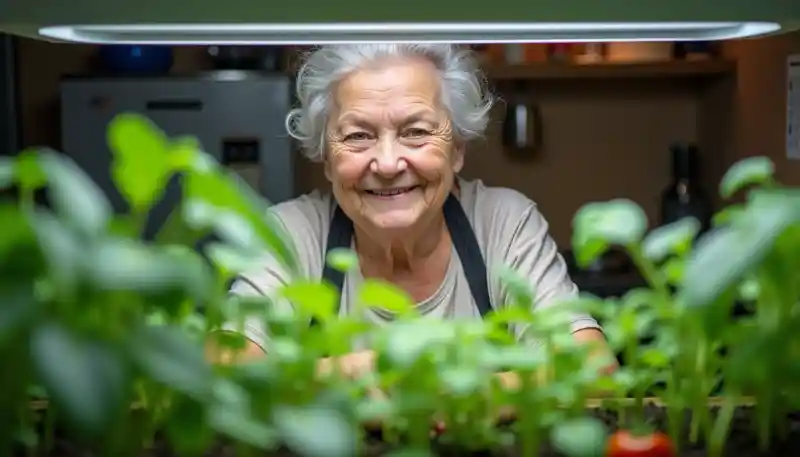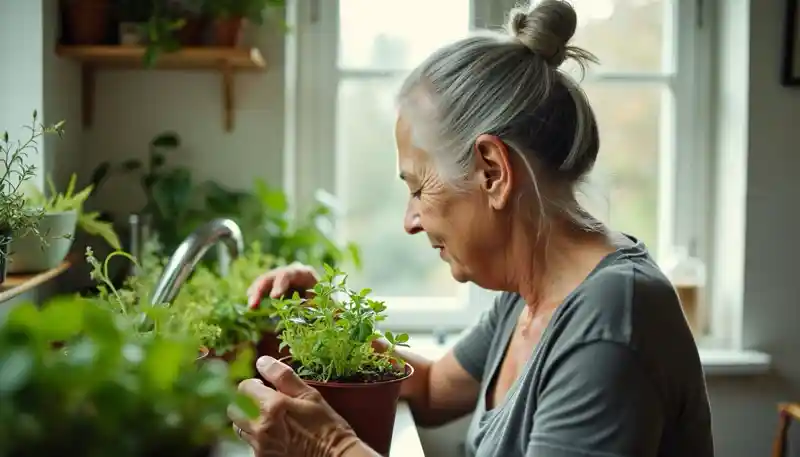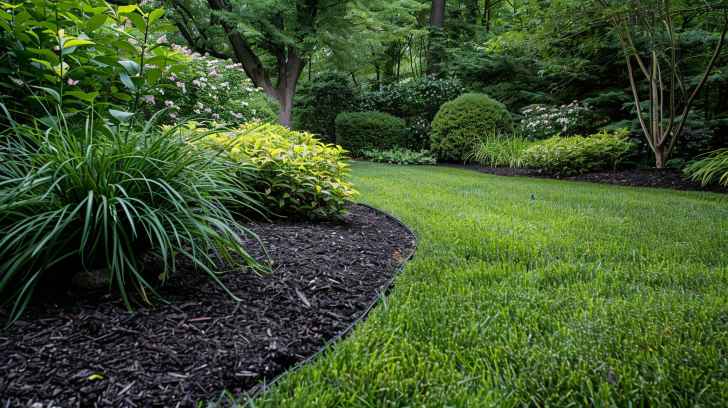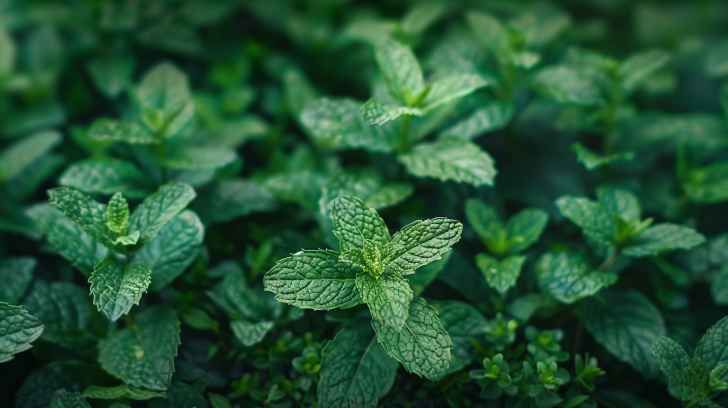Are you struggling to grow fresh produce in your small kitchen? Nano-gardens are the latest trend for seniors with limited space. These tiny gardens let you grow microgreens and herbs right on your countertop.
Get ready to learn how you can start your own nano-garden today.
Key Takeaways
- Nano-gardens use LED lights and smart design to grow microgreens, herbs, and small veggies in limited kitchen spaces.
- These compact gardens are easy for seniors to maintain, fitting on countertops and requiring minimal bending or reaching.
- LED lights in nano-gardens help plants grow faster and become more nutritious, allowing year-round indoor growing.
- Popular plants for nano-gardens include microgreens, herbs like basil and cilantro, and compact vegetables such as cherry tomatoes.
- The Seniors Farmers Market Nutrition Program helps over 800,000 seniors get fresh produce, but nano-gardens offer a constant home supply.
Key Features of Nano-Gardens

Nano-gardens pack a punch in small spaces. These mini farms use LED lights and smart design to grow food right in your kitchen.
LED lighting for plant growth
LED lights are game-changers for your nano-garden. These special lights help your plants grow better and faster. Red and blue LEDs work best for most plants. They boost growth and make your veggies and herbs more nutritious.
You’ll see bigger leaves and tastier produce with the right mix of light.
Your nano-garden can thrive year-round with LED lights. They use less energy than regular bulbs and last longer too. You can adjust the light to match what your plants need. This means you can grow fresh herbs and microgreens even in winter.
LED lighting turns your kitchen into a mini farm, giving you fresh food at your fingertips.
Benefits of Nano-Gardens for Seniors
Nano-gardens offer seniors a chance to grow fresh food right in their kitchens. These compact gardens bring joy and health benefits to older adults who may have limited mobility or space.
Accessibility and ease of maintenance
Nano-gardens offer you easy access to fresh produce right in your kitchen. These compact setups fit snugly on countertops or windowsills, making them perfect for seniors with limited mobility.
You don’t need to bend, kneel, or reach far to tend to your plants. The simple design allows for effortless watering and harvesting, even if you have arthritis or other physical limitations.
Maintaining these mini gardens is a breeze. LED lights provide the right amount of light for plant growth, eliminating the need for complex lighting systems. The soil-less growing medium reduces mess and the risk of pests.
You can easily trim microgreens or snip herbs without any heavy tools. This low-effort gardening option lets you enjoy the benefits of growing your own food without the physical strain of traditional gardening.
Popular Plants for Nano-Gardens
Nano-gardens offer a perfect space for growing microgreens and herbs. You can also grow compact veggies like cherry tomatoes in these tiny gardens.
Microgreens and herbs
Microgreens and herbs are perfect for your nano-garden. These tiny plants pack a big punch in nutrition and flavor. You can grow them quickly, with most ready to eat in just three weeks.
They’re cheaper to grow at home than to buy in stores. Plus, they fit well in small spaces, making them ideal for your kitchen counter or windowsill.
You’ll need to water your microgreens daily and make sure they get enough air. Most can’t regrow after cutting, so you’ll start new batches often. This keeps your garden fresh and exciting.
Try growing basil, cilantro, or dill for tasty herbs. For microgreens, give radish, mung beans, or pea shoots a try. They’ll add a gourmet touch to your meals and boost your health too.
FAQs
1. What are nano-gardens and why are seniors growing them?
Nano-gardens are tiny indoor plant setups that seniors cultivate in their kitchens. They grow microgreens and other small plants for fresh, healthy produce and as a hobby.
2. How do nano-gardens help reduce plastic waste?
Nano-gardens often use biodegradable plastic containers. These break down naturally, unlike regular plastic. This helps cut down on plastic waste in the environment.
3. Can nano-gardens grow more than just microgreens?
Yes, nano-gardens can grow various small plants. Some options include leaf beet, pot marigolds, and even miniature versions of perennials like daffodils or tulips.
4. How do nano-gardens relate to biomimicry?
Nano-gardens take cues from nature, much like biomimicry. They mimic natural growing conditions in small spaces, similar to how biomimetics copies nature’s designs for human use.
5. Are nano-gardens good for the environment?
Nano-gardens are eco-friendly. They use less water and space than traditional gardens. They also don’t need harmful pesticides, making them safer for people and the planet.
6. How do seniors share their nano-garden experiences?
Many seniors share photos of their nano-gardens on social media platforms like Instagram. They also exchange tips and ideas through e-mail and online forums, creating a community around this hobby.
References
- https://www.ncbi.nlm.nih.gov/pmc/articles/PMC8621602/
- https://extension.okstate.edu/fact-sheets/led-grow-lights-for-plant-production.html
- https://gardens.si.edu/exhibitions/design-for-small-spaces/
- https://www.lsuagcenter.com/articles/page1717696392923
- https://www.ncbi.nlm.nih.gov/pmc/articles/PMC4469628/
- https://www.ncbi.nlm.nih.gov/pmc/articles/PMC6977207/
- https://www.fns.usda.gov/sfmnp/senior-farmers-market-nutrition-program
- https://www.ncbi.nlm.nih.gov/pmc/articles/PMC8194941/
- https://www.gardenary.com/blog/the-pros-and-cons-of-growing-microgreens-at-home
- https://preparednessmama.com/microgreens/ (2020-06-25)
- https://www.finegardening.com/project-guides/fruits-and-vegetables/guide-to-growing-cherry-tomatoes
- https://plantvillage.psu.edu/posts/4433-general-most-productive-vegetables-for-limited-space






